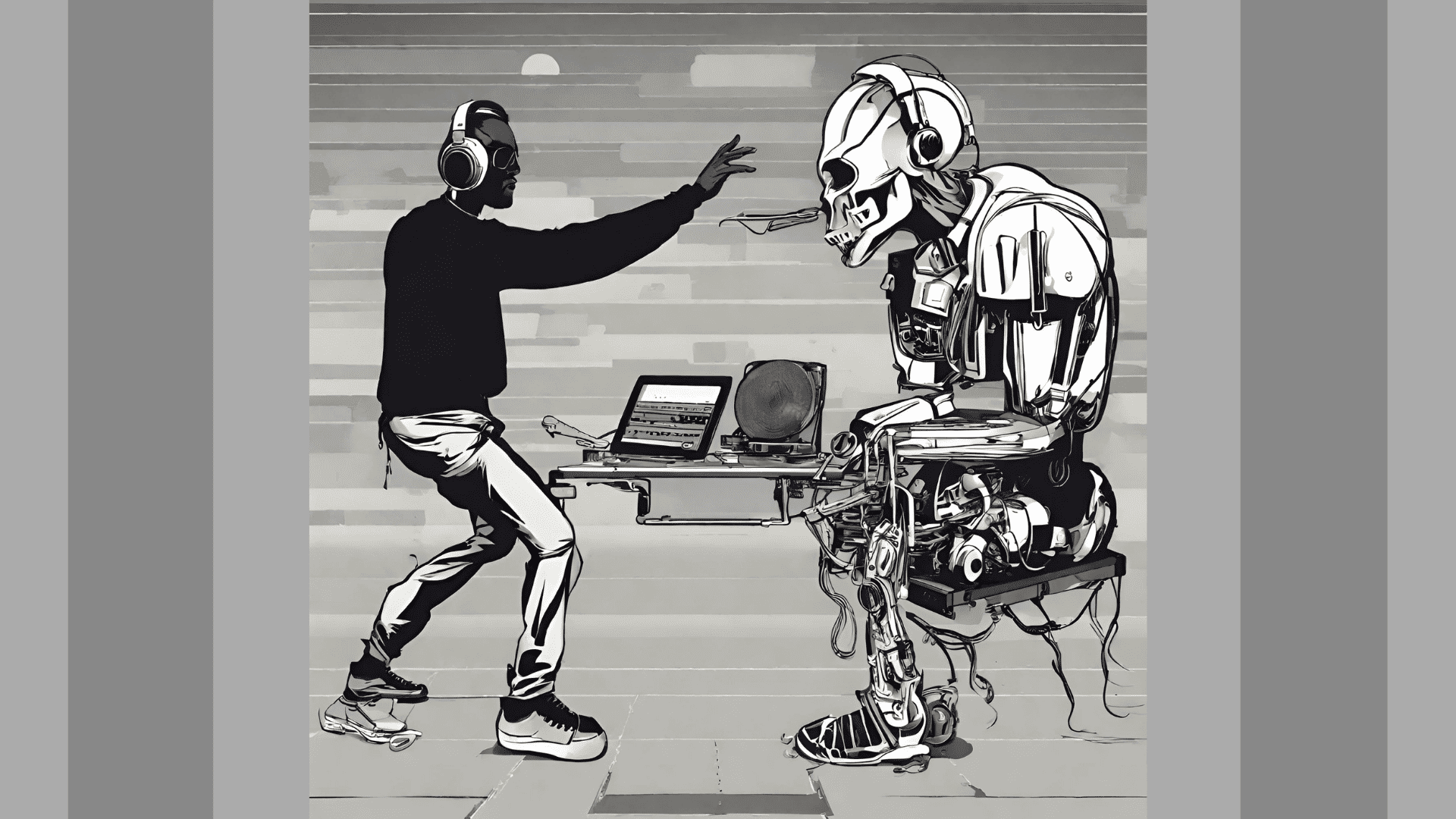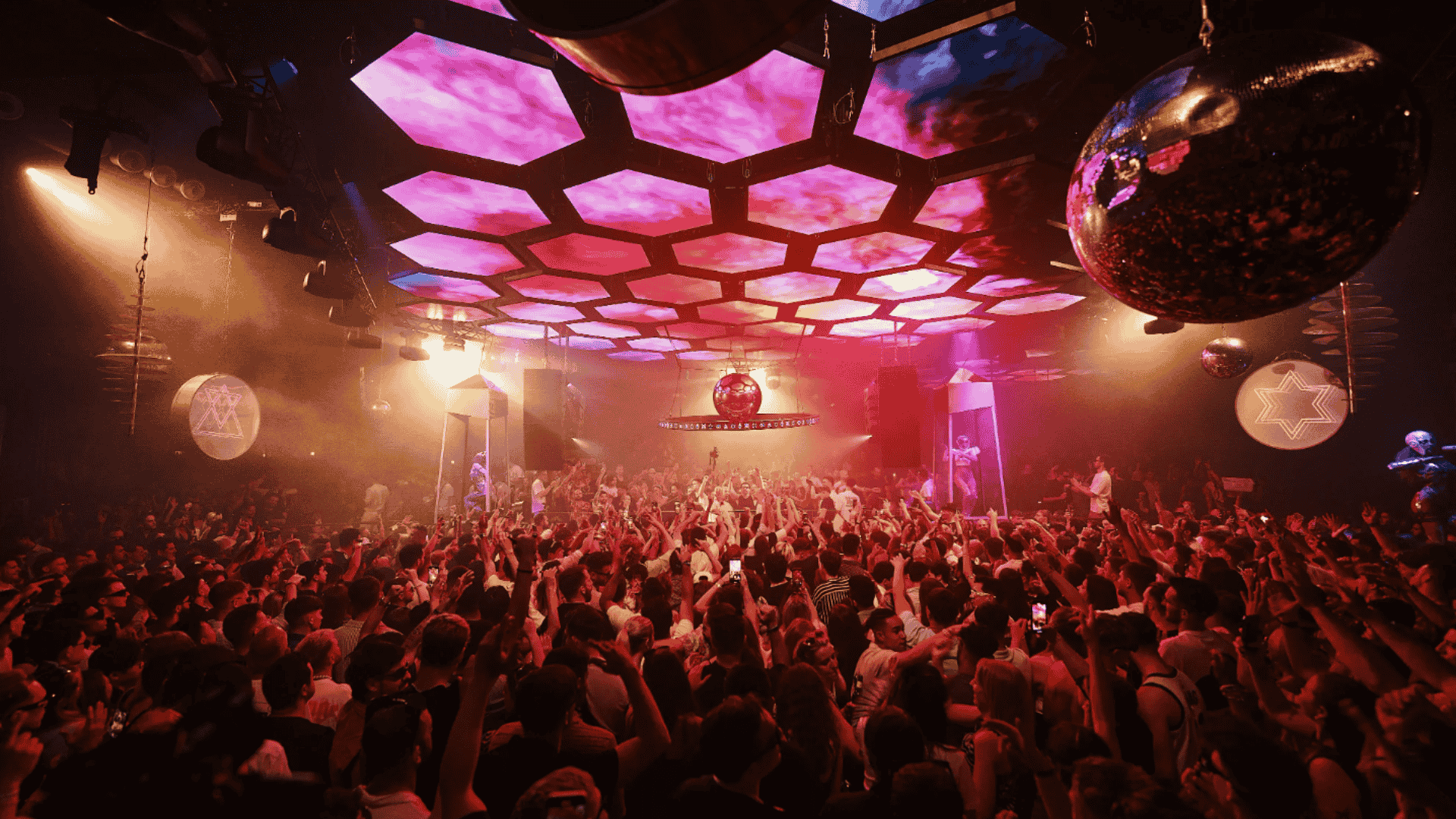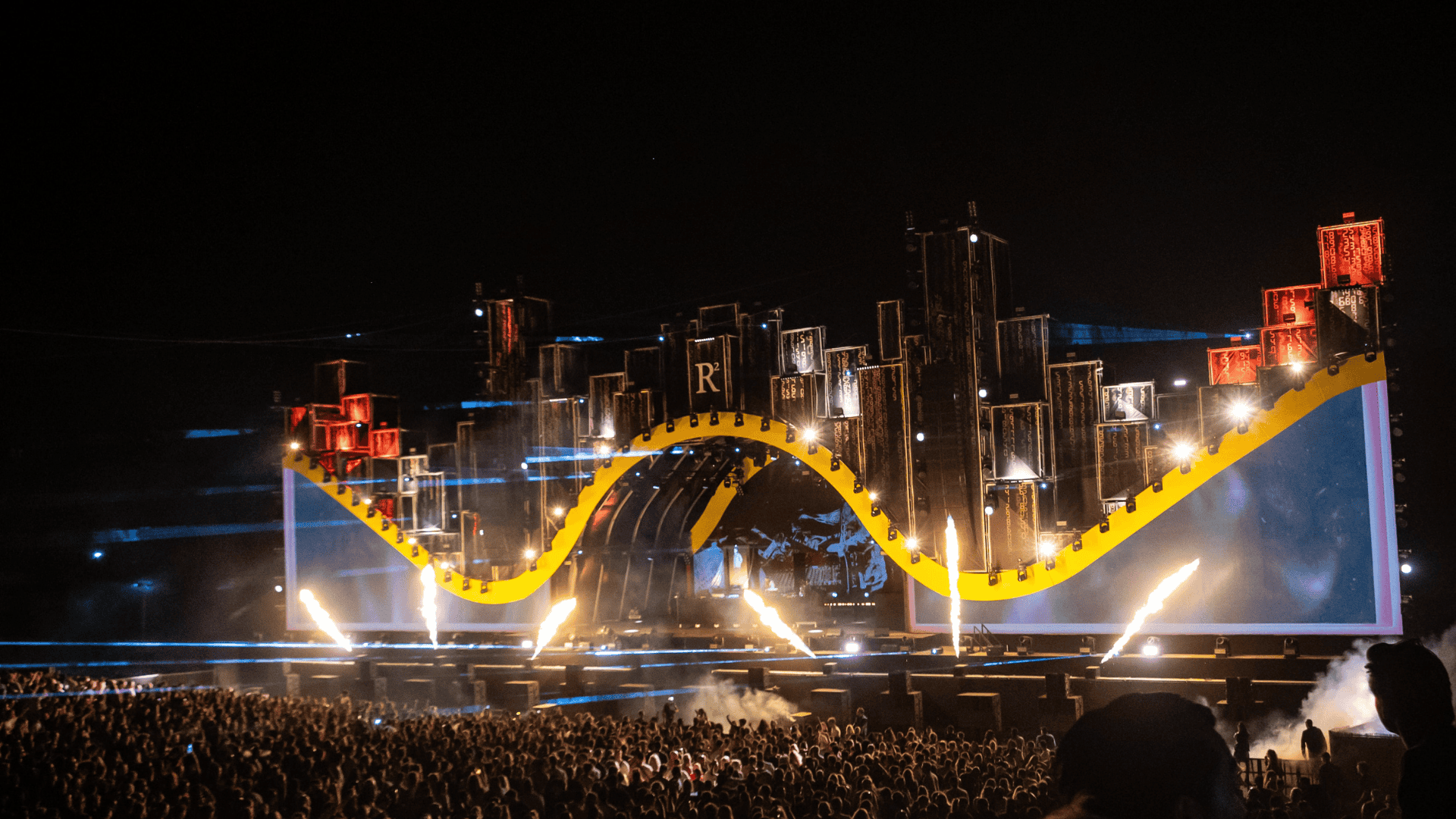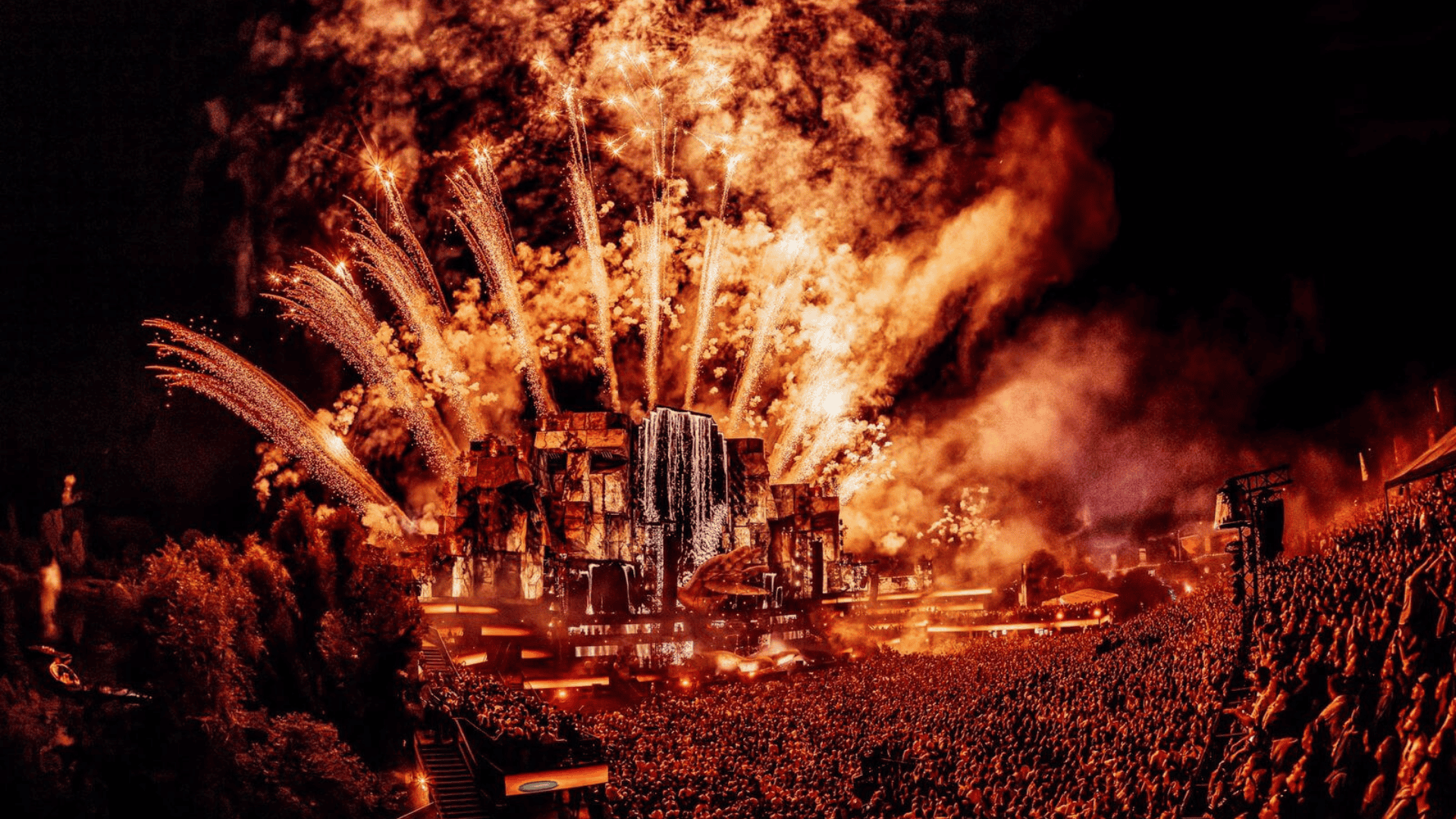Techno vs. House Music: a Comprehensive Comparison
Embark on an exploration of the cosmic dance floors where Techno and House music, two titans of EDM, orchestrate a celestial symphony.

Last Updated: October 22, 2024 (22.10.2024)
Embark on an exploration of the cosmic dance floors where techno and house music, two titans of electronic dance music (EDM), orchestrate a celestial symphony. Beyond mere genres, these sonic constellations share a rhythmic language that unites nocturnal wanderers globally. This comprehensive odyssey delves into their symbiotic relationship, distinctive nuances, shared evolution, and the cosmic instruments, where techno vs house is compared, that shape their auditory realms.
The Genesis
House, born in the groove-laden streets of Chicago, celebrates human connection within underground clubs. In contrast, techno emerges from Detroit’s industrial heartbeat, crafting a futuristic realm mirroring the mechanized pulse of a city in flux. Together, they weave an interplay of human emotion and machine-like precision, resonating across dance floors worldwide.
Also Read: Groovy Tunes: Iconic ’90s Techno Songs That Defined a Generation.
The genesis of techno and house music can be traced to the dynamic musical landscape of 1980s Detroit and Chicago, respectively. Techno, rooted in Detroit’s post-industrial environment, emerged as a response to the city’s decline, with visionaries like The Belleville Three — Juan Atkins, Derrick May, and Kevin Saunderson — pioneering the genre’s futuristic sound influenced by Kraftwerk. The establishment of labels like Transmat and Metroplex, along with the iconic Roland Drum Machines, solidified techno’s presence.
Meanwhile, house music found its roots in Chicago’s dance scene, with DJ Frankie Knuckles shaping the genre at The Warehouse Club. Trax Records and tracks like Jesse Saunders‘ “On and On” propelled house onto the global stage, embracing a diverse range of subgenres and becoming a cornerstone of electronic dance music worldwide. Both genres, born from unique cultural contexts, continue to shape and influence the global music landscape.

(First steps of Chicago House on the left, and Detroit Techno on the right)
Rhythm and Tempo
House extends an invitation to a dance that feels innately human, with its unwavering 4/4 cadence.
Techno, often characterized by an accelerated tempo and intricate rhythms, propels enthusiasts into a realm of mechanical precision, an electrifying journey through temporal dimensions.
Example: Immerse yourself in the soulful rhythm of Masters At Work‘s “To Be In Love” (house) and contrast it with the hypnotic cadence of Charlotte de Witte‘s “Selected” (techno).
Instrumentation and Sonic Palette
House, an orchestral symphony, adorns itself with pianos, saxophones, and soulful vocals, creating a melodic canvas resonating with joy.
Techno embraces a dystopian palette, using synthesizers, drum machines, and the iconic Roland TB–303 to create avant-garde auditory experiences.
Also Read: The Role of Synths in Techno: Synthesizer Types.
Example: Traverse landscapes from Disclosure‘s “Latch” (house) to Amelie Lens‘ “You And Me” (techno), witnessing the sonic diversity within their dance music galaxy.

(Disclosure’s piano set for “Latch” on the left, and Amelie Lens’ DJ set for “You And Me” on the right)
Evolution and Subgenres
House metamorphoses into diverse subgenres – deep house, tech house, and progressive house.
Techno remains rooted, exploring minimal, industrial, and acid subgenres, unveiling a kaleidoscope of sonic diversity.
Example: Journey from the classic Chicago House of Marshall Jefferson‘s “Move Your Body” (house) to Tale of Us‘ “Dark Song” (techno), witnessing the intricate layers of their sonic evolution.
Impact on The Global Dance Stages
House found solace in the mainstream, becoming a soundtrack for celebratory moments.
Techno thrives in clandestine warehouses, underground clubs, and colossal techno festivals, creating an immersive sonic experience that transcends time and space.
Example: Witness the amalgamation of techno and house at iconic festivals like Tomorrowland, where genres intertwine to create an interstellar dance odyssey.
Bu gönderiyi Instagram’da gör
(Big stages like Tomorrowland host both genres in one place, which makes them unique)
Exemplary Star Architects
House Maestros
- Daft Punk: Crafting timeless anthems like “One More Time,” elevating house music into a global phenomenon.
- David Guetta: A pioneer in merging pop and house, with “Titanium” remaining an anthem of euphoria.
- Inner City: The iconic “Good Life” encapsulates the exuberance of the classic Detroit House.

Techno Titans
- Carl Cox: With a career spanning decades, Carl Cox’s “I Want You” epitomizes the driving force of techno music.
- Nina Kraviz: Pushing techno boundaries, “Ghetto Kraviz” fuses raw energy with avant-garde sonic landscapes.
- Jeff Mills: “The Bells” stands as a beacon of Detroit Techno, a sonic journey through cosmic dimensions.

Instruments of The Cosmic Symphony
House Ensemble
- Piano: A soulful companion, weaving melodic tapestries.
- Saxophone: Infuses warmth and human touch into the rhythmic journey.
- Vocals: Soulful voices echo through the cosmic dance floor.
- Acoustic Drum Kit: Adding organic textures to the rhythmic foundation.

Techno Arsenal
- Synthesizers: Crafting dystopian soundscapes and avant-garde sonic textures.
- Drum Machines: The heartbeat of the machine, propelling the dance into the future.
- Roland TB-303: Iconic for its squelchy, resonant basslines, shaping the techno sonic identity.
- Samplers: Manipulating reality, turning ordinary sounds into futuristic echoes.

Subgenres
House Variations
- Deep House: Submerges listeners in atmospheric and soulful soundscapes. Example: Kerri Chandler’s “Rain“.
- Tech House: Fuses techno’s drive with house’s groove. Example: Fisher’s “Losing It“.
- Progressive House: Builds layered melodies, crafting an evolving sonic journey. Example: Deadmau5’s “Strobe“.
Techno Dimensions
- Minimal Techno: Strips down to essentials, emphasizing rhythmic precision. Example: Richie Hawtin‘s “Minus Yellow“.
- Industrial Techno: Incorporates harsh sounds, creating a dystopian atmosphere. Example: I Hate Models‘ “Pray for Lust“.
- Acid Techno: Showcases the iconic Roland TB-303, producing squelchy acid sounds. Example: Josh Wink‘s “Higher State of Consciousness“.
Pioneering Tracks
House Anthems
- Marshall Jefferson – “Move Your Body” (1986): A Chicago House classic, laying the groundwork for the genre.
- Daft Punk – “One More Time” (2000): Elevates house to global pop culture, a timeless anthem.
Techno Epics
- Jeff Mills – “The Bells” (1997): A Detroit masterpiece, a sonic exploration through the cosmos.
- Nina Kraviz – “Ghetto Kraviz” (2011): Redefines techno, merging raw energy with avant-garde sensibilities.
Cosmic Instruments and Gear
House Harmony
- Fender Rhodes: Adds warmth and nostalgia to melodic passages.
- TR-909 Drum Machine: House’s rhythmic heartbeat, crafting iconic kick drums.
- Vocal Samplers: Elevates tracks with soulful and sampled vocal elements.
Techno Technology
- Roland TB-303: The acid sound architect, shaping techno’s futuristic sonic identity.
- MIDI Controllers: Enables live manipulation of electronic elements during performances.
- Analog Synthesizers: Crafting complex textures and atmospheric soundscapes.
Conclusion: House vs Techno Music
| Techno Music | House Music | |
|---|---|---|
| Origin | Techno music originated in the mid-1980s in Detroit, Michigan. | House music emerged in the early 1980s in Chicago, Illinois. |
| Pioneering Figures | The Belleville Three — Juan Atkins, Derrick May, and Kevin Saunderson — pioneered techno music. | DJ Frankie Knuckles at The Warehouse played a crucial role in shaping house music. |
| Influential Factors | Influenced by Detroit’s post-industrial atmosphere and Kraftwerk’s futuristic sound. | Evolved from the disco scene in Chicago, incorporating electronic elements. |
| Key Labels | Transmat and Metroplex. | Trax Records played a pivotal role in popularizing house music. |
| Drum Machines | Heavy use of Roland TR-808 and TR-909 drum machines. | Embraced Roland TR-909 and TR-707 drum machines for rhythmic structure. |
| Subgenres | Minimal, Industrial, Acid, etc. | Deep, Tech, Progressive, Acid, etc. |
| Instruments | Synthesizer, keyboards, sampler, drum machine, sequencer, personal computer etc. | Drum machine, personal computer, sampler, sequencer, synthesizer, turntables, etc. |
| Key Figures | Carl Cox, Charlotte de Witte, Amelie Lens, Nina Kraviz etc. | Daft Punk, David Guetta, Inner City, Skrillex etc. |
| Festivals | Tomorrowland, Awakenings, EXIT, etc. | Tomorrowland, Ultra, EDC, etc. |
In the cosmic ballet of sound, techno, and house emerge not as rivals but as cosmic partners, chores. Today, we have examined the differences, similarities, and comparance between techno vs house music types.
What do you think, let us know in the comments below.




